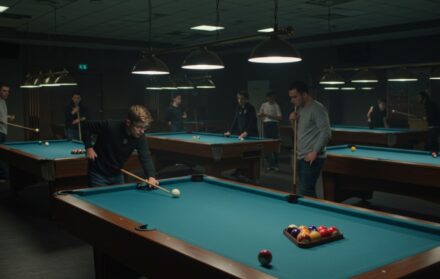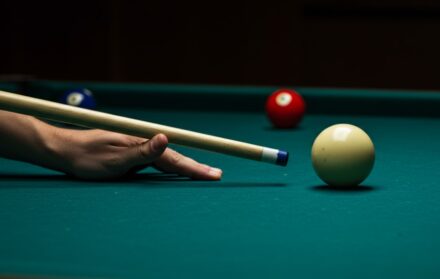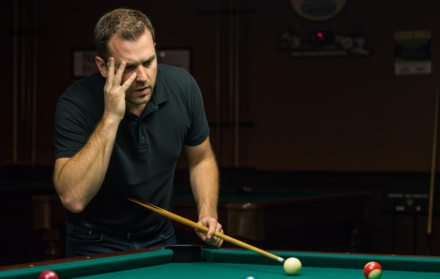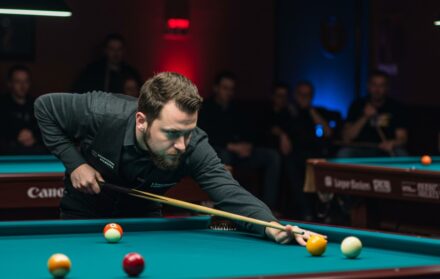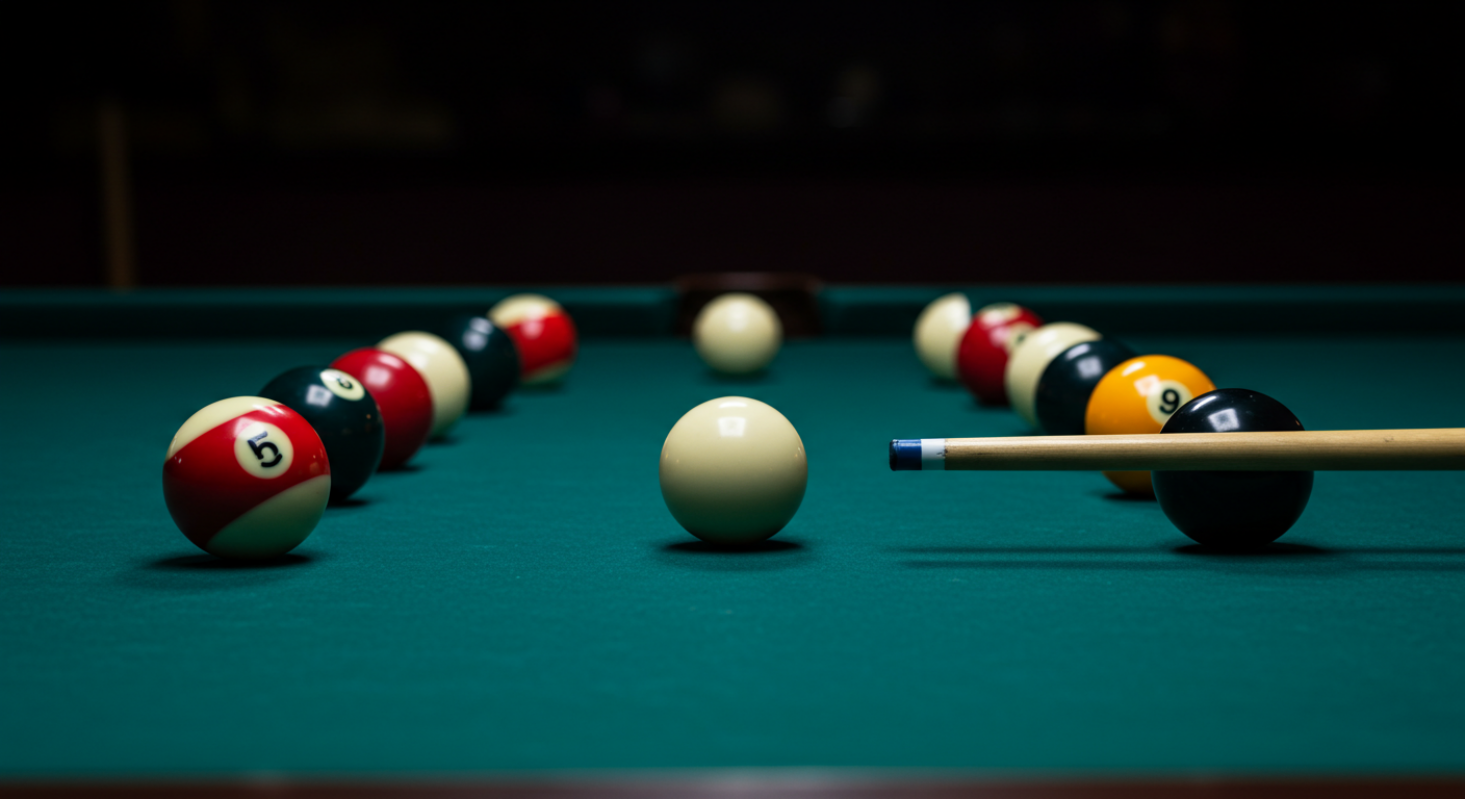
How To Do American Pool Trick Shots
American pool isn’t just about potting balls—it’s about making a statement. Trick shots let you bring creativity and flair to the table, whether you’re playing casually with friends or showing off in a local tournament. They add excitement, boost your skill, and often leave your mates speechless.
But don’t be fooled—trick shots require real technique. You’ll need precision, good cue control, and a solid understanding of how balls react on the table. Luckily, many impressive-looking shots are surprisingly achievable with a bit of practise and patience.
This guide will walk you through 15 brilliant American pool trick shots—from beginner-friendly to flashy crowd-pleasers. You’ll learn exactly how to pull them off, what mistakes to avoid, and how to practise them safely without damaging your table or gear.
Ready to bring some showmanship to your game? Grab your cue, chalk up, and let’s get into the good stuff.
1. The Stop Shot
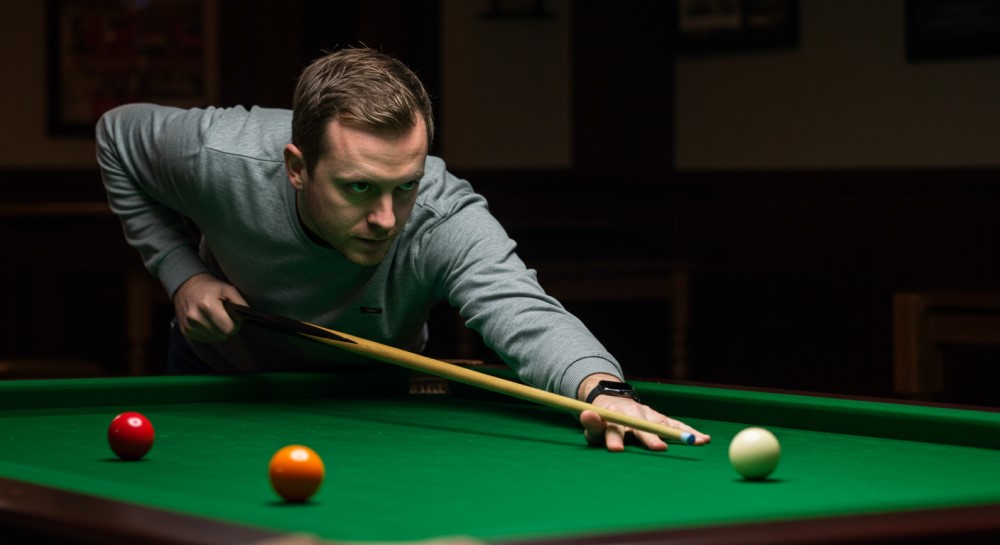
One of the first trick shots every pool player should learn is the stop shot. It’s simple, practical, and incredibly satisfying when done right.
What is it?
It’s when the cue ball strikes the object ball and immediately stops dead, without rolling forward or bouncing back.
How to do it:
-
Hit the cue ball at its centre.
-
Use a medium power stroke with no spin.
-
Ensure the cue ball and object ball are close to one another.
Why it works:
This shot uses pure momentum transfer. When hit correctly, all energy moves into the object ball, leaving the cue ball still.
Pro tip:
Don’t overhit it. Too much power can cause the cue ball to drift or skid. Mastering the stop shot is key to setting up more complex trick sequences later on.
2. The Draw Shot
The draw shot adds drama and control to your game. It’s also essential for positioning in tricky situations.
What is it?
After hitting the object ball, the cue ball spins backward and rolls back towards you.
How to do it:
-
Strike the cue ball low, near the bottom edge.
-
Use a steady, smooth stroke—not a jab.
-
Follow through fully and aim to keep your cue level.
Common mistake:
Many beginners hit too low or use too much power, causing the cue ball to jump or misfire.
Why it’s useful:
Draw shots let you reposition the cue ball for your next shot, especially in tight spots or when you’re navigating around clusters.
Best for:
Intermediate players working on cue ball control. Practising this will also help improve your break-building and positional awareness.
3. The Follow Shot
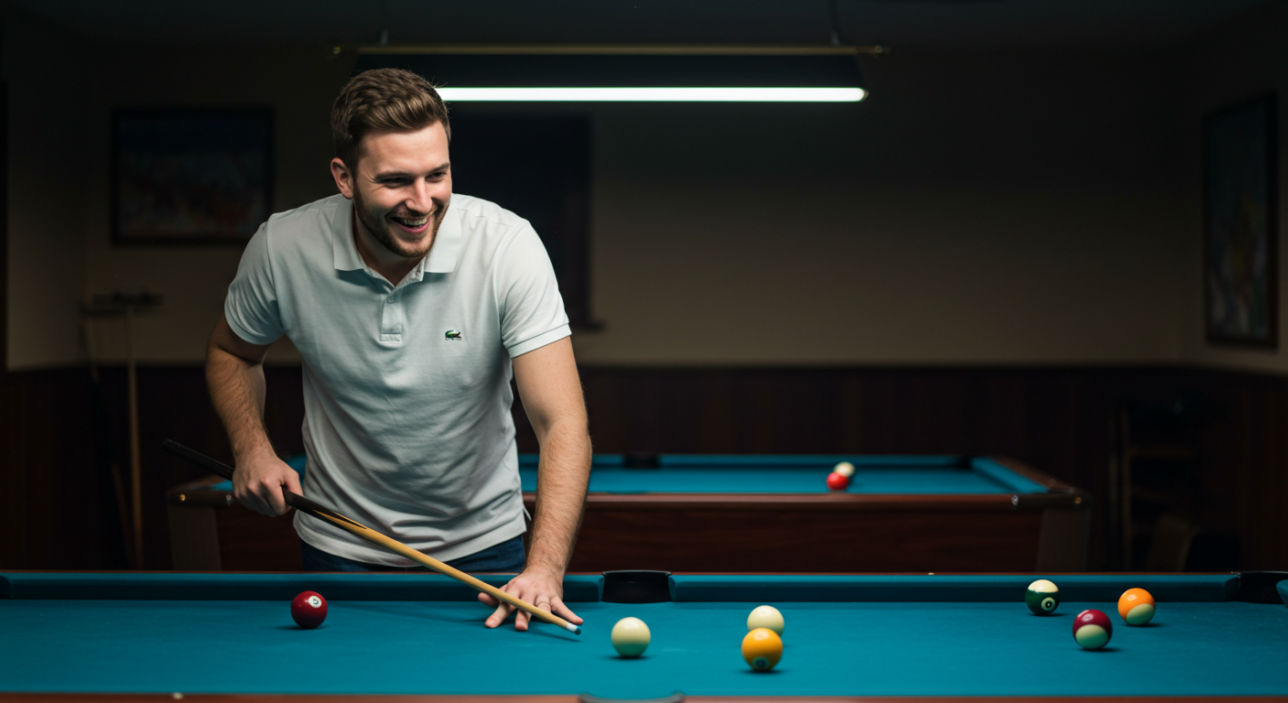
The follow shot is the opposite of the draw shot, sending the cue ball forward after impact.
What is it?
After potting the object ball, the cue ball continues to roll forward in the same direction.
How to do it:
-
Strike the cue ball above centre.
-
Use light to medium power.
-
Ensure a clean follow-through to maximise forward spin.
Best application:
Great for moving around the table and keeping the cue ball in the middle zone. It’s also handy when trying to split a cluster after a pot.
Tip for success:
Avoid hitting too high, which may cause miscues. Keep your cue smooth and level.
This trick isn’t flashy but forms the basis of many advanced trick shots—so take the time to perfect it.
4. The Jump Shot
Ready to defy gravity? The jump shot lets you clear an obstacle ball by launching the cue ball into the air.
How to do it:
-
Angle your cue steeply (about 45 degrees).
-
Hit down on the cue ball near the top edge.
-
Use a sharp, controlled stroke.
Caution:
This shot can damage your table cloth if done incorrectly. Use a jump cue if possible and always practise on a table meant for trick shots.
When to use:
Ideal for when an opponent has left a blocking ball between your cue ball and target.
Showmanship bonus:
Pulling off a clean jump always gets a cheer. It’s perfect for exhibitions or impressing friends at the pub.
5. The Bank Shot
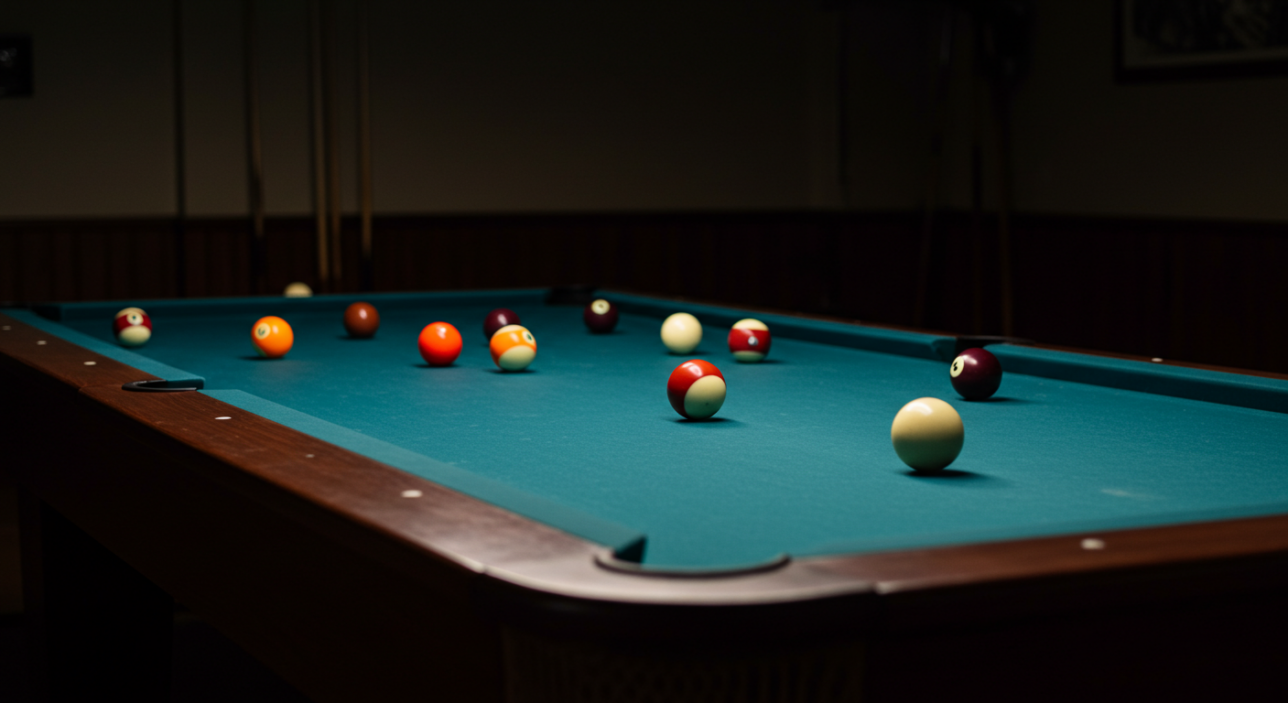
Bank shots bounce the object ball off one or more cushions before potting.
Setup:
-
Aim at the rail first, not directly at the pocket.
-
Think in “mirror angles” – where the ball hits the cushion is key.
Best usage:
Great when direct shots aren’t available. It also sharpens your knowledge of angles.
Pro tip:
Start with one-rail bank shots before progressing to double-rail or Z-bank shots.
This shot is both functional and stylish, making it a mainstay in trick shot compilations.
6. The Kick Shot
Kick shots are about using the cushion to hit the object ball indirectly, and they’re especially handy for tricky snookers.
What is it?
The cue ball hits one or more rails before making contact with the object ball.
How to execute:
-
Visualise the angle of approach and rebound.
-
Aim for the cushion using a diamond system or visual guide.
-
Use medium pace with no spin to start.
Why it matters:
It’s not just for escape shots. With practice, you can use kick shots creatively to pot balls and maintain position.
Training tip:
Set up drills where you intentionally aim to hit object balls via one, two, or even three cushions.
Mastering kick shots builds your spatial awareness and allows for some truly inventive trick shots.
7. The Masse Shot
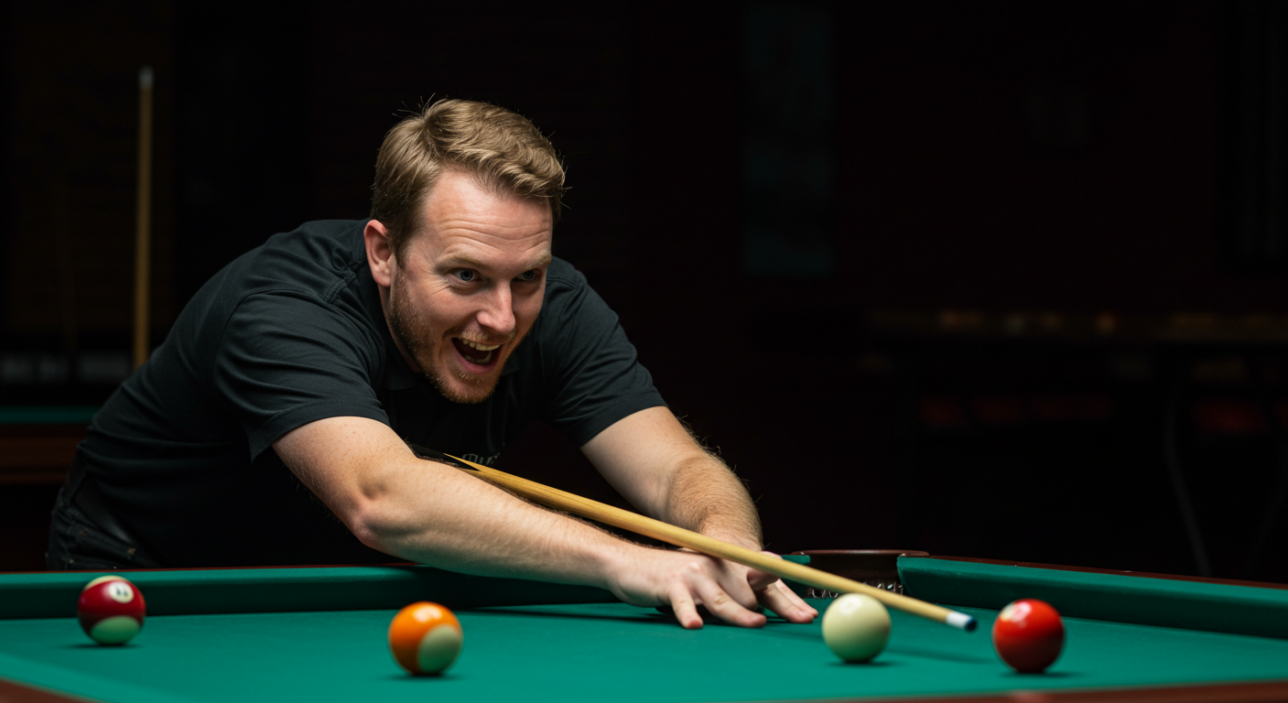
This showstopper curves the cue ball around other balls—a must-have in your trick shot toolbox.
Execution:
-
Use a vertical or near-vertical cue angle.
-
Strike down on the cue ball with side spin.
-
Use a sharp wrist snap.
Where it shines:
When a direct path is blocked, this shot lets you ‘bend’ around obstacles.
Caution:
Only attempt on tables built to withstand the force—home or cheap cloth can tear easily.
Why it’s cool:
Pulling off a masse not only looks magical but also demonstrates your mastery of cue ball control and advanced spin physics.
8. The Butterfly Shot
This eye-catching trick involves potting balls symmetrically into opposite pockets, like butterfly wings spreading.
Setup:
-
Arrange balls in a symmetrical formation.
-
Hit the cue ball centrally with enough power to scatter them evenly.
Key to success:
Balance is everything. The setup must be precise, and power must be perfectly distributed.
Why it’s popular:
It’s often featured in trick shot shows because of its beauty and simplicity.
Learning curve:
Beginner-friendly, yet elegant enough to impress even seasoned players.
9. The Machine Gun Shot
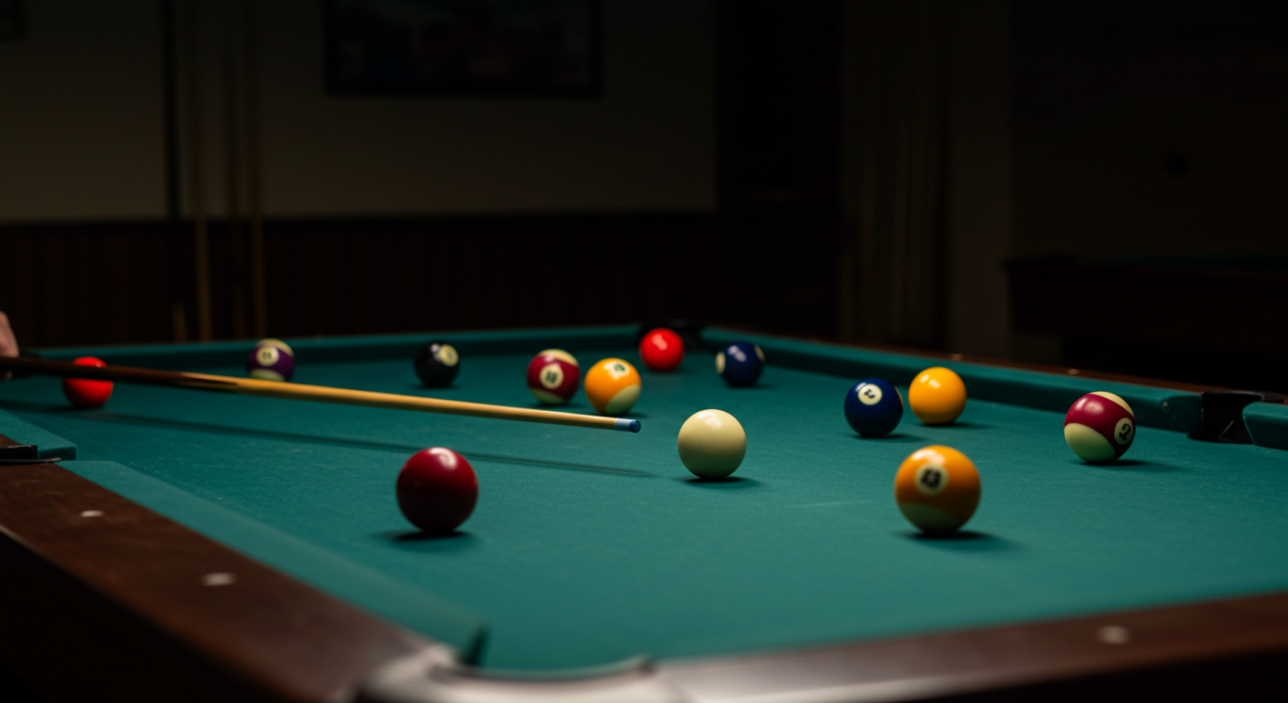
This rapid-fire trick makes the cue ball hit a series of object balls, potting them in quick succession.
Setup:
-
Align three to five balls straight, with small gaps between each.
-
Use a steady, medium-paced stroke to maintain control through all collisions.
Purpose:
It trains you in speed control, focus, and energy transfer.
Pro tip:
Start with two balls, then gradually increase the number as you get more confident.
Spectacle factor:
This one’s ideal for exhibitions—fast, rhythmic, and thrilling to watch.
10. The Jump-Masse Combo
Advanced and daring, this trick blends both the jump and masse elements.
How it works:
-
Start with a masse angle to add curve.
-
Finish with a sharp upward strike to lift the cue ball over a blocker.
Skill required:
Very high. Requires a strong feel for table dynamics and ball response.
Who should try it?
Only advanced players. Beginners should master jump and masse individually first.
Why it’s admired:
Combining two of the most technical shots is the ultimate flex in cue sports.
11. The Ladder Shot
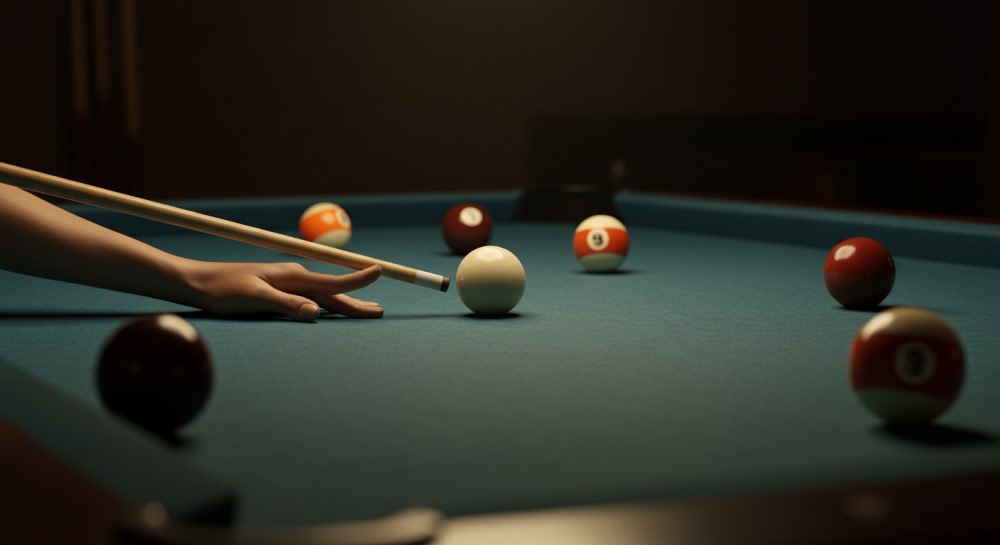
This structured trick involves pocketing balls arranged in a staggered “ladder” formation.
Setup:
-
Line up balls diagonally with evenly spaced gaps.
-
Use draw, stop, and follow shots alternately to pot them.
Purpose:
Demonstrates control and planning. Each shot must set up the next.
Difficulty:
Moderate to high. It tests your positional awareness and stroke consistency.
Best for:
Players looking to showcase their all-around technical skills.
12. The Triple Combo Shot
A trick shot classic, this one uses multiple object balls in a chain reaction.
Execution:
-
Ball A hits Ball B, which then hits Ball C into a pocket.
-
Precise alignment is crucial.
Common mistake:
Not allowing for the slight deflection (throw) after each contact.
Learning tip:
Work on straight combo shots before adding more complexity.
Bonus:
It’s satisfying to watch the sequence unfold exactly as planned—like pool dominoes.
13. The Bottle Shot

Add flair to your trick repertoire by shooting around an obstacle like a bottle.
How to pull it off:
-
Place a bottle in the middle of the table.
-
Use a masse or curved shot to pot a ball without touching the bottle.
Why it’s fun:
It adds theatre to your game and showcases skill with spin and angles.
Be careful:
Use a plastic bottle when practising to avoid damage or injury.
14. The Disappearing Ball Illusion
This psychological trick shot creates the illusion that a ball has vanished—only to appear in a pocket.
Set it up:
-
Use clever ball placement and cue angles.
-
Hide the path of the object ball from viewers’ line of sight.
When to use:
Great for entertaining friends or performing at pool exhibitions.
What it teaches:
Visual deception and audience perspective are key. Not all trick shots are about power!
15. Multiple Ball Trick Shot
Ready to go big? This trick involves potting 6–10 balls with a single stroke.
Setup:
-
Arrange balls in an arc or formation.
-
Use the cue ball to trigger a domino-style sequence.
Goal:
Sink every ball without missing a beat. Accuracy, timing, and contact angles are critical.
Challenge level:
High. Perfect for those looking to wow an audience or test their mastery.
Pro tip:
Record your sessions and study the impact points. A small adjustment can make or break the shot.
Conclusion: Make american Pool Trick Shots Part of Your Playing Style
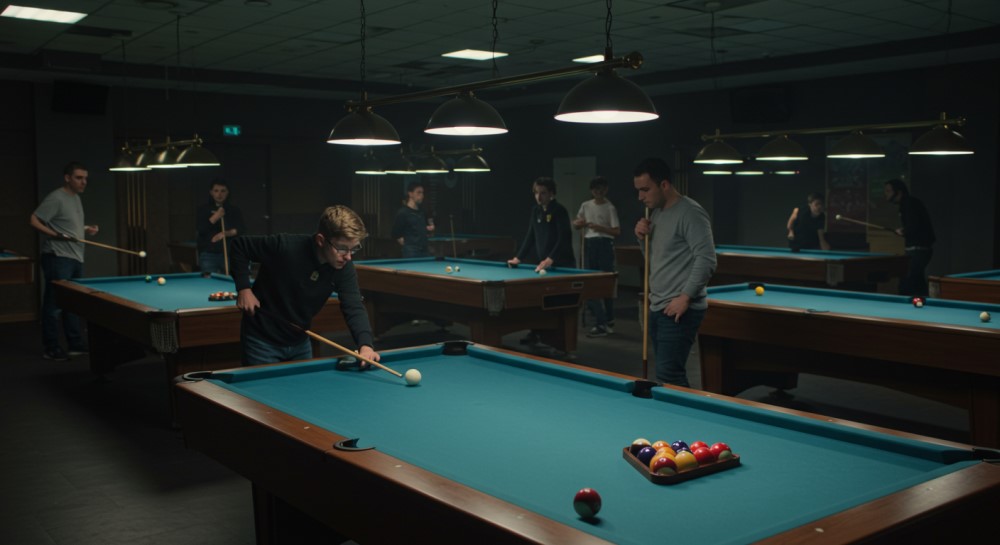
Trick shots in American pool aren’t just about showing off—they’re about understanding angles, mastering cue ball control, and building confidence. They transform casual practice into something engaging and help develop key skills like focus, patience, and precision.
Whether you’re a beginner trying out the stop shot or an advanced player practising jump-masse combos, there’s always a new challenge waiting. The more you practise, the more instinctive your positioning and stroke become—not just for tricks, but for serious games too.
Don’t worry about getting them perfect at first. Even the pros miss. Keep a sense of humour, enjoy the process, and you’ll soon be the player everyone gathers around to watch.
Ready to wow your mates? Pick a trick, hit the chalk, and let the cue do the talking.
